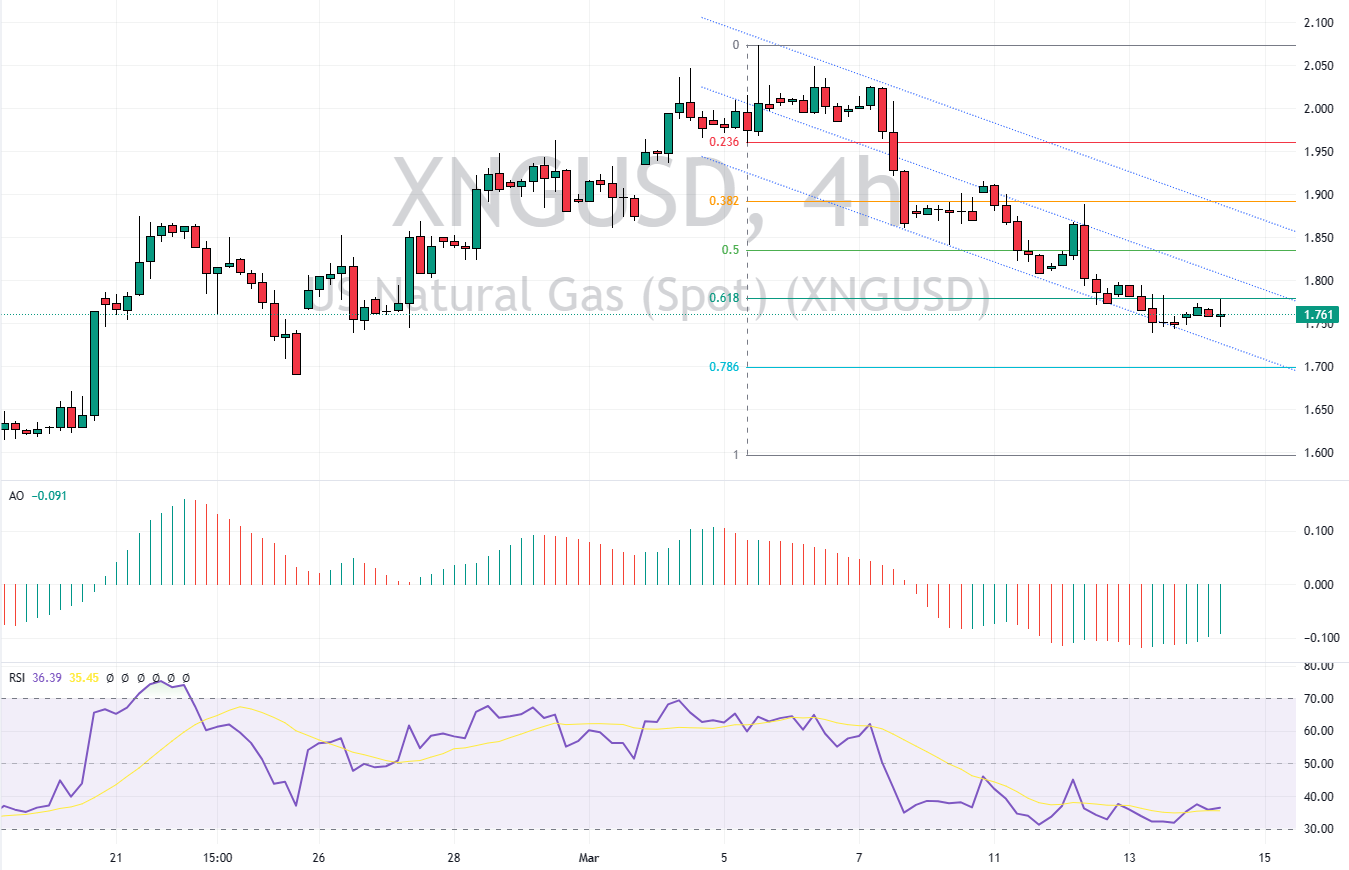U.S Natural Gas Analysis – March-14-2024
In recent developments, the price of natural gas futures has decreased, falling below $1.77 per million British thermal units (MMBtu). This drop, a low not seen in two weeks, is attributed primarily to reduced gas flow to facilities exporting liquefied natural gas (LNG) combined with the anticipation of diminished demand.
This expected decrease in demand stems from forecasts of warmer weather in the upcoming fortnight. Moreover, the industry faces operational hiccups, as highlighted by the substantial reduction in feed gas intake at Freeport LNG’s facilities, where intake plummeted nearly by half last week. This was due to a temporary halt in operations of one out of their three processing units.
Operational Challenges and Weather Forecasts Impacting Gas Sector
Operational challenges are spotlighted, especially with Freeport LNG’s ongoing issues. Despite initial hopes for a swift return to total operational capacity this week, Monday’s significantly reduced intake suggests continuing difficulties. These operational setbacks coincide with meteorological predictions of warmer temperatures until March 18.
However, the weather is expected to change shortly after that, with forecasts indicating a return to average or slightly more excellent conditions from March 19 to March 26. These weather fluctuations are crucial as they directly influence natural gas demand, especially heating.
Production Adjustments and Stockpile Data: A Closer Look
On the supply side of the equation, major energy corporations such as EQT and Chesapeake Energy have scaled back their natural gas production over the last month. This adjustment comes in the wake of falling gas prices observed in February, reflecting a strategic response to market conditions.
Meanwhile, data from the Energy Information Administration (EIA) has shed light on the current state of gas stockpiles, which stand at roughly 30.9% above the norm for this time of year as of the week ending March 1. This surplus in gas reserves could further influence market dynamics, potentially leading to continued price adjustments as the industry navigates through these operational and environmental challenges.







